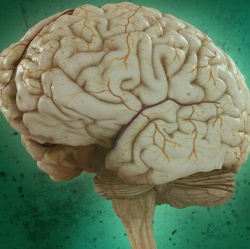
The connection between alcohol abuse and depression has been noted for years. A new study plots out that biochemical path, using mouse models to show that alcohol produces the same effect seen in newer rapid-acting antidepressants, such as ketamine, which bring lasting relief in hours.
The effects of alcohol on depression take effect quickly and can last up to 24 hours, the study found. For years, one of the challenges in treating depression has been the fact that many therapies take up to 2 weeks to build up in a patient’s system before there is a noticeable effect; this can lead some patients to believe the drugs don’t work, or patients can continue to suffer severe symptoms while waiting for relief.
For patients trying to stop alcohol abuse, it’s especially difficult if the substance is providing the only respite from symptoms, and there is a gap before relief from pharmacotherapy occurs. In working with the mouse models, researchers examined how alcohol behaved on the same molecular pathway that is activated by rapid antidepressants, according to lead author Kimberly Raab-Graham, PhD, associate professor of physiology and pharmacology at Wake Forest School of Medicine.
Ethanol created the same receptor response as the rapid antidepressants, an alteration of GABABR expression and signaling. Further work showed the effect that alcohol has on fragile-X mental retardation protein, or FMRP, as shown by experiments with “knockout” mice who were missing the protein. Thus, this protein was confirmed as a key regulator for the antidepressant effect of acute ethanol exposure. The researchers wrote that the presence of major depression doubles the risk of alcohol use, and the reverse is also true.
While more work is needed, the findings offer a biological reason “for the natural human instinct to self-medicate,” Raab-Graham said. “They also define a molecular mechanism that may be a critical contributor to the comorbidity that occurs with alcohol use disorder and major depressive disorder.”
